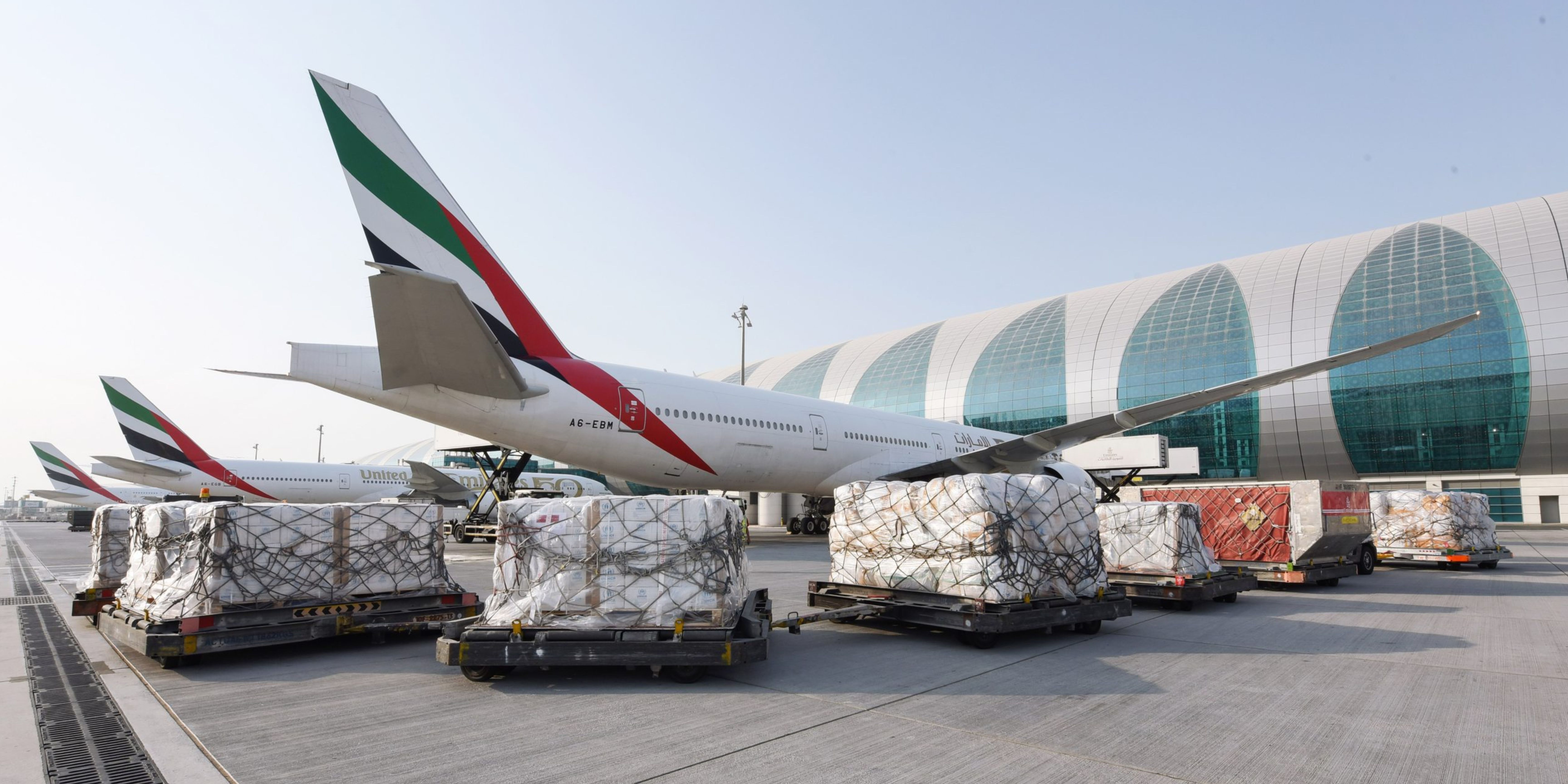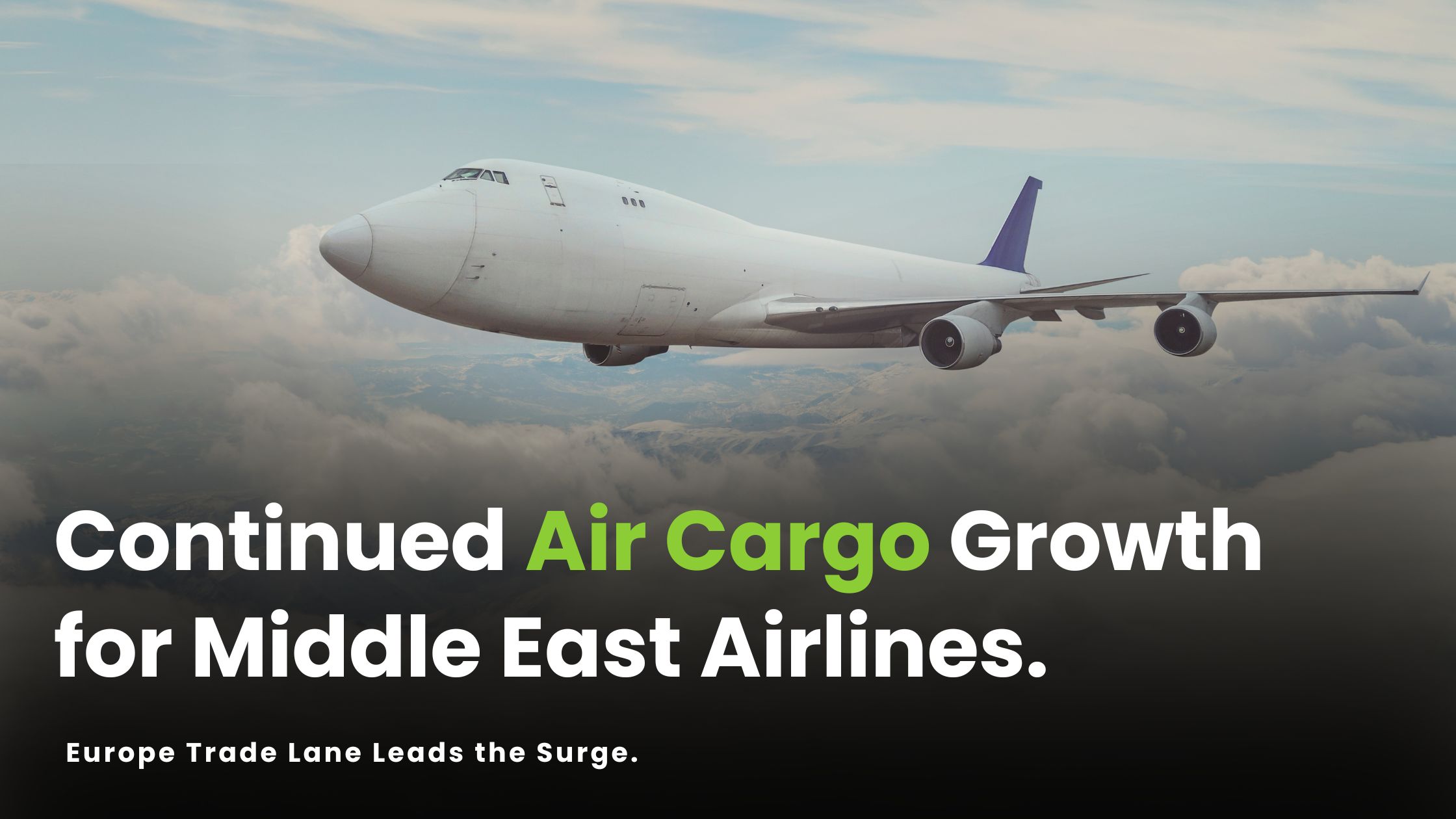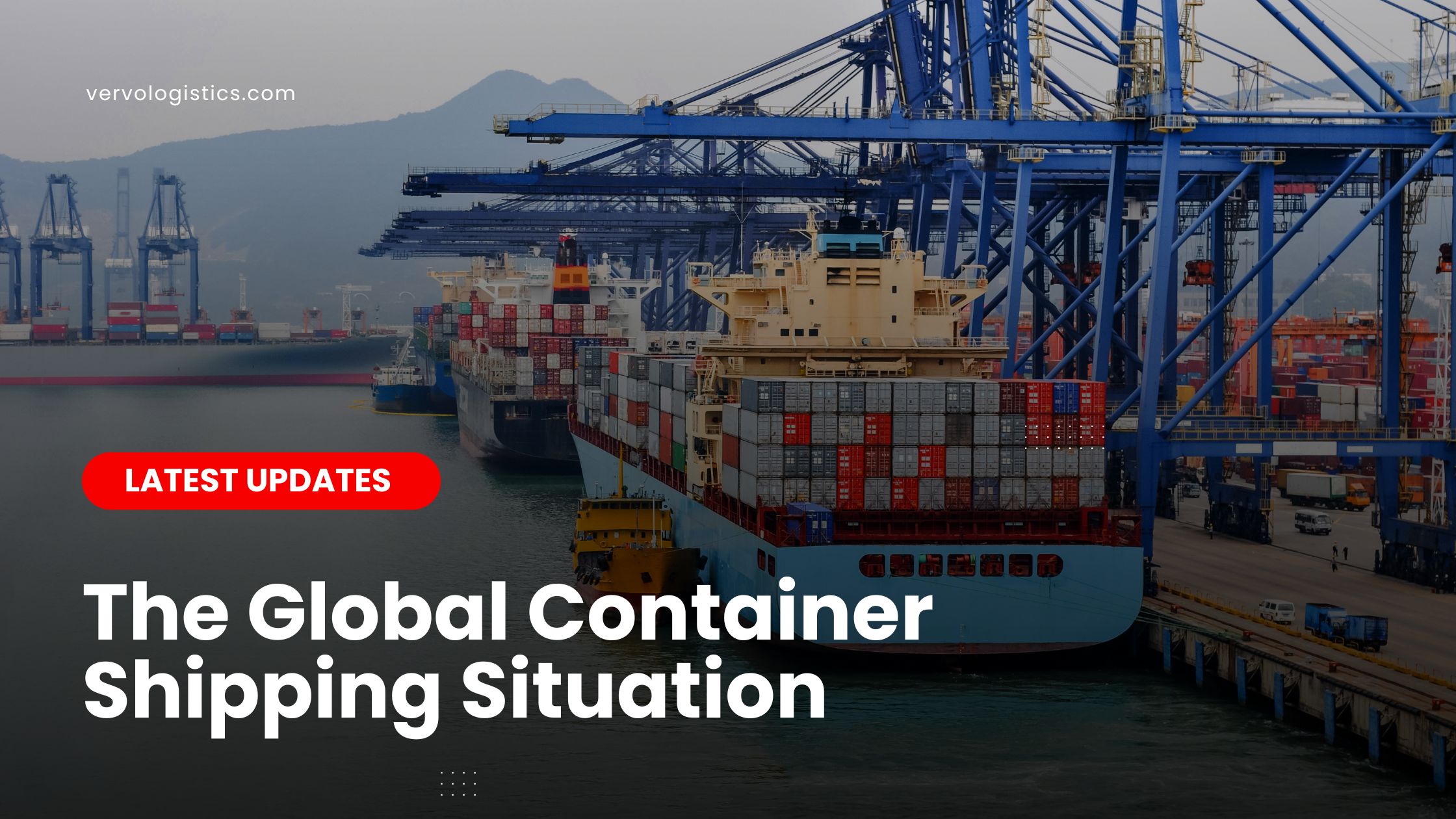Efficient delivery of aid to vulnerable populations trapped in regions experiencing severe humanitarian crises is one of the most immense logistical challenges, yet it is vital. That is humanitarian logistics.
The stakes are exceedingly high. Aid workers face roadblocks at every turn, from damaged infrastructure and security threats to unreliable communication networks. Just getting access to people in need can be nearly impossible without governmental coordination.
Here are some facts about what our in-field workers face when delivering aid in conflict settings and the common strategies to mitigate challenges.
Humanitarian Logistics Complexities:
- Accessibility: Getting safe access to areas with critical humanitarian needs is the primary challenge. Roads may be blocked, and regions can be dangerous. It’s a high-stakes game of navigation, requiring meticulous planning and governmental coordination to ensure that aid workers and supplies reach those in need without compromising their safety.
- Rapidly Changing Situations: On-the-ground situations can change in the blink of an eye. Routes that were safe yesterday can become impassable today. This unpredictability demands a highly flexible logistics strategy, able to adapt quickly. Route planning in this stage is slightly different than what we do for usual shipments. We, logisticians, plan several routes for the same shipment to account for the uncertainty of the situation.
- Resource Loss: In unstable zones, aid supplies are at risk of being lost. To mitigate this risk, we employ a vigilant, tech-based approach, utilizing technologies like blockchain, RFID and GPS tracking to ensure that resources reach their intended destinations in real-time.
- Complex Coordination with Multiple Stakeholders: Humanitarian logistics involves coordinating with an array of stakeholders, mainly governments, local authorities, NGOs, and community leaders. This complex web of interactions requires a deep understanding of the local socio-political environment to navigate various interests and agendas for the sake of the affected people in need.
- Infrastructure Damage: In many zones, essential infrastructure like roads, bridges, and warehouses is damaged or destroyed. This demands innovative logistical solutions, such as deploying mobile storage units or using alternative transportation methods like air drops, drone delivery, or inland transport.
Unlike usual logistics, humanitarian logistics requires high-level strategic planning and technological solutions. Some strategies, however, can be employed for efficient humanitarian logistics. Yet, we must note again that without governmental coordination, humanitarian logistics services become almost impossible.
Humanitarian Logistics Strategies:
- Advanced Technology Integration: Employing GPS and RFID tracking for real-time visibility of shipments, using drones for delivering aid to isolated areas and scouting out safe routes, and implementing blockchain technology for secure and transparent tracking of resources This helps keep a digital eye on every shipment, making sure it goes exactly where it's needed on time, as every step of the aid process is recorded and monitored.
- Flexible and Adaptive Logistics Planning: Developing plans that can quickly adjust to changing circumstances at a moment's notice in volatile areas. This includes using adaptive transportation methods (airdrops, inland transport) and setting up scalable logistics hubs and mobile storage units near devastated zones for rapid reallocation of resources. Also, this involves planning multiple transportation routes to ensure aid delivery even when primary routes are compromised.
- Beyond Innovative Vehicles: Hydrogen-powered trucks that aren’t reliant on unstable fuel supplies; blockchain-registered aid to prevent theft; and portable desalination units for water in desert regions. These innovations aren't just fancy gadgets; they’re lifelines in the toughest of environments.
- Security Measures to Protect Personnel: Trained humanitarian logistics personnel are the real heroes, equipped with the necessary skills and knowledge in such contexts. We make sure that there is governmental coordination in place to avoid putting their safety at risk. Also, collaborating with local NGOs, community leaders, and governments brings invaluable on-the-ground logistical insights.
- Tailored Cargo Services: Understanding the nature of cargo is crucial. In conflict zones, the focus is on essential, non-perishable items—medical supplies, food, water purification systems, and temporary shelter materials. Aid senders prioritize compact, durable, and easily distributable items, considering the limited transportation options and storage facilities in these areas. In humanitarian logistics, we set priority delivery strategically to address the most urgent needs first and maximize the impact of aid.
Every minute counts, and logistical effectiveness can mean the difference between life and death. Delivering lifesaving aid during conflicts needs highly effective logistics in place. This is achievable via tech-based strategies and on-ground coordination.



 by vervo middle east for shipping and logisitcs services in the uae and ksa shipping company logistics solutions cargo services.jpg)
